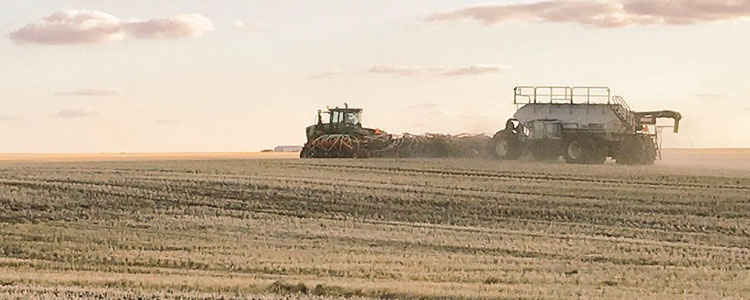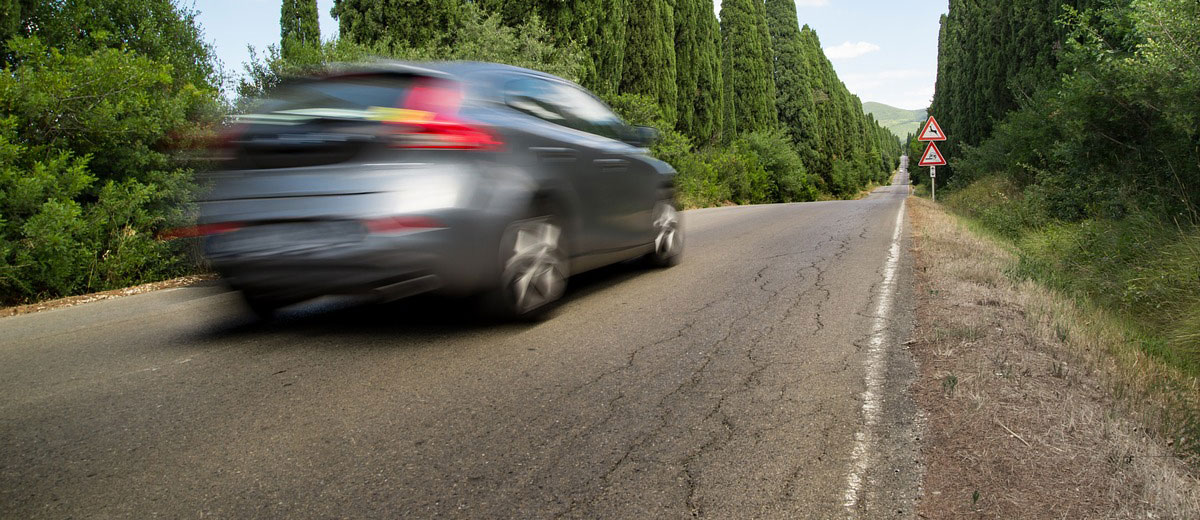
Soil Temperature and Seeding Depths
By Keana Boere, Intern Extension Agrologist, Tisdale
Getting seedlings off to a strong start is the first step in achieving a productive crop. Seeding soil temperature and seeding depth will affect both the germination and vigour of seedlings. Other factors such as using healthy seed, using a seed treatment, planting at the appropriate seeding rate and soil moisture availability will help ensure even germination, resulting in even maturity for harvest.
To measure soil temperature, you’ll need a thermometer and the seeding depth of the crop you are planting. Insert the thermometer into the soil to the planned seeding depth. Two measurements should be taken, one in the morning and one in the evening, and then averaged. Repeat this in representative areas of the field to get an idea of soil temperatures across the whole field. This is especially important in fields with rolling topography and slopes since south-facing slopes will warm up sooner and faster in the spring than north-facing slopes.
The optimum soil temperature for some spring seeded crops is warmer than 10 C. However, some crops can tolerate cool soil conditions better than others (Figure 1). The recommended minimum soil temperatures in the following chart are temperatures that are required for germination to occur.
Figure 1. Recommended minimum soil temperature in degrees Celsius at recommended seeding depth.
| Crop | Recommended Minimum Soil Temperature (C) at Seeding Depth |
| Peas & Lentils | 5 |
| Chickpea – Desi | 7 |
| Chickpea – Kabuli | 10 |
| Soybean | 10 |
| Dry Beans | 12 |
| Canola | 5 |
| Oats | 5 |
| Flax | 3-4 |
| Wheat | 4 |
| Barley | 3-5 |
If temperatures are too cold at the time of seeding, plant population, emergence and stand uniformity can be negatively impacted. Depending on the crop type, seedlings that emerge early may be at risk of frost damage.
Planting into moisture is ideal, but not always practical. Seeding too deep requires the seed to use more energy to reach the soil surface, which can delay emergence or in extreme cases eliminate it. When additional energy is used for germination, there is less vigour available to help the plant deal with other stresses like dry conditions, lack of soil nutrients, insect damage and frost. The reduced ability to deal with stresses can impact yields at the end of the season. Recommended seeding depths are available in Figure 2.
| Crop | Recommended Seeding Depth (cm) | Recommended Seeding Depth (inches) |
| Canola | 1.5 – 2.5 | 0.5 – 1.0 |
| Wheat | 4.0 – 6.0 | 1.5 – 2.5 |
| Barley | 3.8 – 4.5 | 1.5 – 1.75 |
| Peas | 3.0 – 8.0 | 1.2 – 3.2 |
| Lentils | 2.5 – 7.5 | 1.0 – 3.0 |
| Oats | 2.5 – 5.0 | 1.0 – 2.0 |
| Faba Beans | 5.1 – 7.6 | 2.0 – 3.0 |
| Dry Beans | 5.0 – 6.0 | 2.0 – 2.5 |
| Chickpeas | 3.5 – 6.0 | 1.5 – 2.5 |
| Soybeans | 1.9 – 3.8 | 0.75 – 1.5 |
| Flax | 2.5 – 4.0 | 1.0 – 1.5 |
| Mustard | 1.5 – 2.5 | 0.5 – 1.0 |
| Canary Seed | <6.0 | <2.5 |
Uniform seeding depth across the field ensures good seed-to-soil contact and helps plants emerge evenly. Each piece of seeding equipment is different and different settings will be required for each crop. It’s good practice to stop and check seeding depth throughout the field to ensure seeding depth is consistent.
For more information about seeding temperatures and depths, visit the Saskatchewan Ministry of Agriculture website, contact your local crops extension specialist, or call the Agriculture Knowledge Centre at 1‑866‑457‑2377.








































